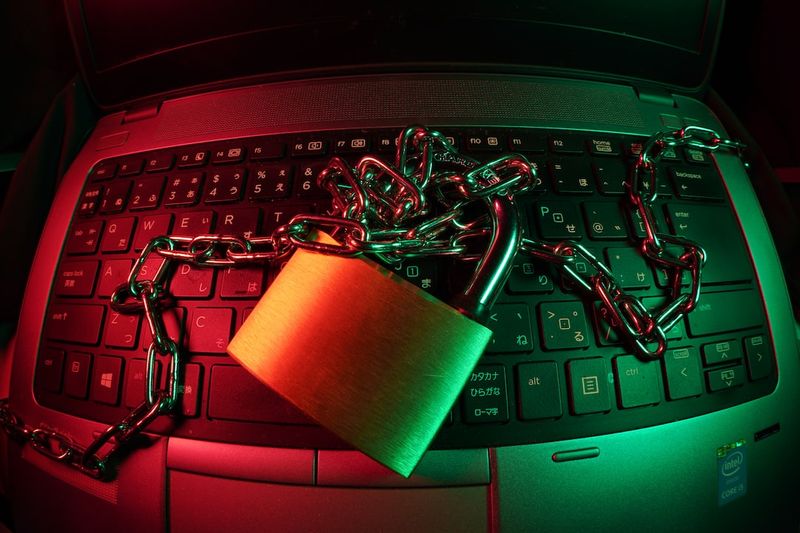As the summer season approaches, cybersecurity professionals are bracing themselves for an increase in cybercriminal activity. The Cybersecurity and Infrastructure Security Agency (CISA) warns that holidays and vacation periods are particularly vulnerable times for organizations, as IT security teams may be lean or preoccupied. In order to manage risks effectively, IT security staff must remain vigilant and take certain considerations into account. Here are four top considerations to help IT security staff navigate the summer season, even when they may be short-staffed due to holidays and vacations.
### Beware of Taking Work and Hardware on Vacation
One significant risk during the summer season is the potential loss or theft of company-issued devices or personal hardware containing sensitive information. To mitigate this risk, it is best practice for employees to leave company devices at home unless they need to work while traveling, particularly during international travel. If devices must be carried, they should be kept locked and secure. Additionally, IT departments should mandate the use of phishing-resistant multifactor authentication, regular password changes, and stringent password requirements. Passwordless validation options should also be explored. By implementing these measures, organizations can reduce the risk of a hardware-related security breach and protect their corporate reputation and compliance.
### Avoid Open Wi-Fi and Public USB Ports
Using public Wi-Fi networks and charging ports can be convenient, especially during travel. However, these present significant risks. Threat actors can easily tap into shared networks and infiltrate personal devices or corporate systems. In fact, according to one survey, 40% of respondents had their information compromised while using public Wi-Fi. Additionally, bad actors can engage in “juice jacking” by loading malware onto public USB charging stations to gain unauthorized access to electronic devices. To mitigate these risks, employees should be instructed on secure mobile working practices. They should use known, secure hotspots instead of public Wi-Fi and utilize a virtual private network (VPN) if Wi-Fi cannot be avoided. Furthermore, employees should only plug their chargers into AC power outlets rather than using public USB ports. These precautions are essential for both company-issued devices and personal devices with access to company email or messaging applications.
### Focus Security Training and Messaging About Holiday Cyber-Risks
During holiday weekends, the risk of cyberattacks, particularly ransomware attacks, is high. Threat actors understand that employees may be distracted and IT teams may be operating with reduced staff due to vacation schedules. Therefore, organizations must fortify their defense posture and carefully monitor networks and systems for suspicious activity. A combination of employee-led and AI-led strategies can maximize time and cost efficiency, allowing AI monitoring and data protection to compensate for the shortage of IT staff. Additionally, security departments should schedule security refresh trainings ahead of the summer vacation season. These trainings should be thoughtfully scheduled to ensure employees have dedicated time to review security practices and absorb the information.
### Now Is the Time for IT Security Teams to Mobilize
In anticipation of potential cyberattacks, it is crucial for organizations to develop comprehensive plans to address the risks outlined above and ensure business continuity. A business continuity plan is essential for reacting promptly and appropriately in the event of an attack, thus limiting the impact and scope of the crisis. This plan should include:
1. An outline of key personnel involved and their responsibilities, with contingencies in place that account for staff vacation plans
2. Processes for detecting and analyzing the attack
3. Determining the scope and origination of the attack
4. Assessing whether the attack has concluded or is ongoing
5. Identifying how the attack occurred
6. Containing the impact and propagation of the attack
7. Eradicating malware and vulnerabilities that permitted the attack
8. Recovering data from fortified backups
9. Responding to any regulatory or contractual obligations resulting from the breach
By following such a comprehensive plan, organizations can better prepare themselves for the inevitable cyberattacks that occur and ensure a swift and effective response. Preparedness is key to managing and reducing risk effectively.
### Conclusion
Summer may be a time of relaxation for many employees, but for cybersecurity professionals, it is a time of heightened vigilance. By considering the risks associated with hardware loss, public Wi-Fi usage, employee distractions, and potential attacks, organizations can better protect themselves from cybercriminals. A combination of secure practices, employee training, and comprehensive incident response plans will enable organizations to safeguard their sensitive information and maintain business continuity even during vacation periods. It is important for organizations to invest in strong cybersecurity measures and remain proactive in their efforts to thwart cyber threats.

<< photo by Saksham Choudhary >>
The image is for illustrative purposes only and does not depict the actual situation.
You might want to read !
- Russian National Arrested in US: Examining the Global Impact of LockBit Ransomware Attacks
- Unlocking Security: How HashiCorp’s Expanded Features Revolutionize PAM and Secrets Management
- Russian Hackers Launch USB-Spreading Malware Campaign Targeting Ukraine’s Government and Military
- The Dark Side of Chrome Web Store: Dozens of Malicious Extensions Discovered
- Romantic Comedy Movies Conceal RAT Attacks Through Rogue Software Sites
- The Urgency of Protecting Healthcare Systems from Ransomware Attacks
- In the Crosshairs: FCC Task Force Tackles Data Breaches and SIM-Swaps
- How Public Key Infrastructure (PKI) Can Help Mitigate Data Breaches
- Ransomware Group Strikes Back: The MOVEit Zero-Day Attack Victims Revealed
- Quantum Key Distribution: Unveiling Critical Vulnerabilities in Path to Security
- Campus Chaos: Massive Student Loan Breach Exposes 2.5 Million Records
- Cybercriminals Capitalize as Cryptocurrency Attacks Quadruple
- The Alarming Rise of Cybercrime Enabled by CAPTCHA-Breaking Services with Human Solvers
- The New Normal: Tackling Linux Kernel Exploits, BEC Losses, and Cybersecurity Awareness




